Choosing the right Textile Fabrics is one of important steps in creating a successful garment, home furnishing, or functional product. With thousands of fabric types available, making the right decision can feel overwhelming. The process becomes easier when you focus on the intended purpose, comfort level, durability, care requirements, sustainability, and overall look.
1. Determine the Purpose
step in selecting Textile Fabrics is deciding on their end use.
- Clothing: Prioritize comfort, breathability, and fit. For example, cotton textile fabric is soft and airy for casual wear, while silk offers elegance for formal events.
- Home Textiles: Curtains, upholstery, and bedding need fabrics with strength, weight, and light resistance. Linen works well for drapes, and polyester blends are common for sofas.
- Activewear: Look for moisture-wicking, stretch, and quick-dry properties. Polyester-spandex blends are popular here.
- Outdoor Gear: Choose waterproof and abrasion-resistant materials like nylon or specialized membranes.

2. Consider Fiber Types
The fiber composition greatly influences the performance of Textile Fabrics.
- Natural Fibers:
- cotton textile fabric: Breathable, versatile, and comfortable, but wrinkles easily.
- Linen: Light and airy, good for summer.
- Wool: Warm and moisture-wicking, but may shrink.
- Silk: Luxurious, smooth, but delicate.
- Synthetic Fibers:
- Polyester: Durable, wrinkle-resistant.
- Nylon: Strong and lightweight.
- Spandex: Offers exceptional stretch.
- Blends: Combine benefits, such as cotton textile fabric mixed with polyester for better wrinkle resistance.
3. Evaluate Fabric Weight & Texture
The weight of Textile Fabrics determines their suitability for certain applications.
- Lightweight options like chiffon or voile work well for airy blouses.
- Medium-weight fabrics such as cotton textile fabric in twill form are ideal for shirts and trousers.
- Heavyweight fabrics like wool coating and canvas are used in outerwear and bags.
Texture also matters—smooth fabrics like satin feel sleek, while textured weaves add visual interest.
4. Durability & Care Requirements
If you want low-maintenance Textile Fabrics, machine-washable cotton and polyester are good choices. Fabrics such as silk or some linens require dry cleaning. cotton textile fabric with tight weaves can offer both durability and easy care.
5. Comfort & Breathability
Comfort is a key consideration. cotton textile fabric and linen excel in hot climates for their breathability. Wool, fleece, and cashmere provide insulation for cold weather. For sensitive skin, organic cotton textile fabric or silk may be choice.
6. Aesthetics & Drape
Structured Textile Fabrics like denim hold their shape, while fluid fabrics like rayon drape gracefully. If you want vibrant colors, choose fibers that absorb dyes well—cotton textile fabric is outstanding in this regard.
7. Sustainability & Ethics
Today, many buyers prioritize Environmentally friendly fabrics. Options include organic cotton textile fabric, hemp, Tencel (lyocell), and recycled polyester. Certifications like GOTS and OEKO-TEX ensure that your Textile Fabrics meet ethical and ecological standards. Using Environmentally friendly fabrics reduces environmental impact while supporting responsible production. Many Environmentally friendly fabrics also offer unique textures and softness, adding value beyond sustainability. Whether for fashion or home decor, choosing Environmentally friendly fabrics aligns your project with modern eco-conscious trends.
By considering purpose, fiber type, weight, durability, comfort, aesthetics, and sustainability, you can confidently select Textile Fabrics that meet both functional and stylistic needs. Whether you're creating a summer dress from cotton textile fabric or furnishing a living room with Environmentally friendly fabrics, informed choices will ensure your project's success and longevity.
 EN
EN English
English 中文简体
中文简体 Español
Español عربى
عربى bahasa Indonesia
bahasa Indonesia


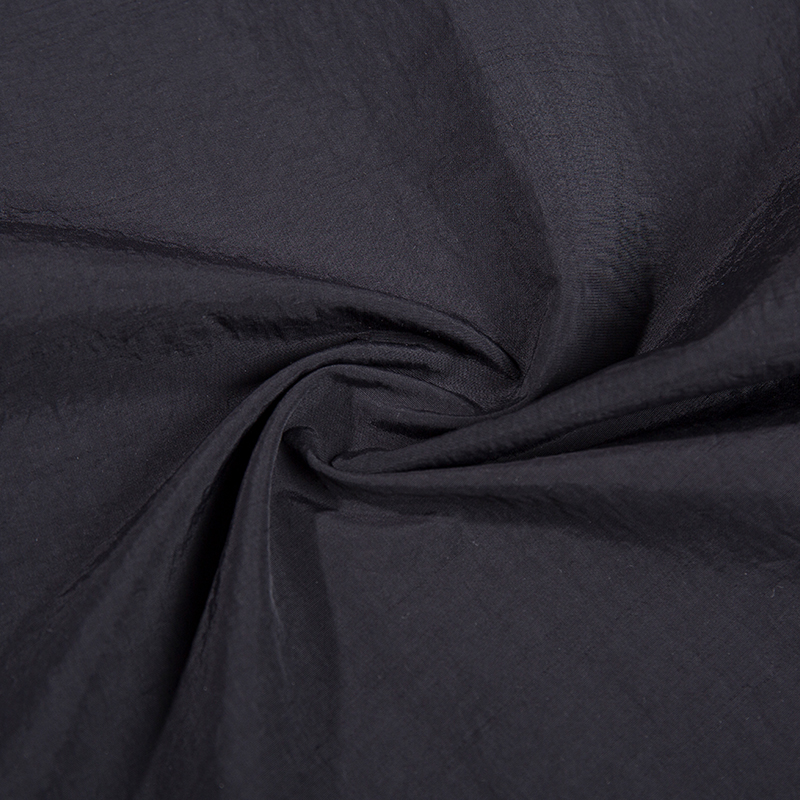
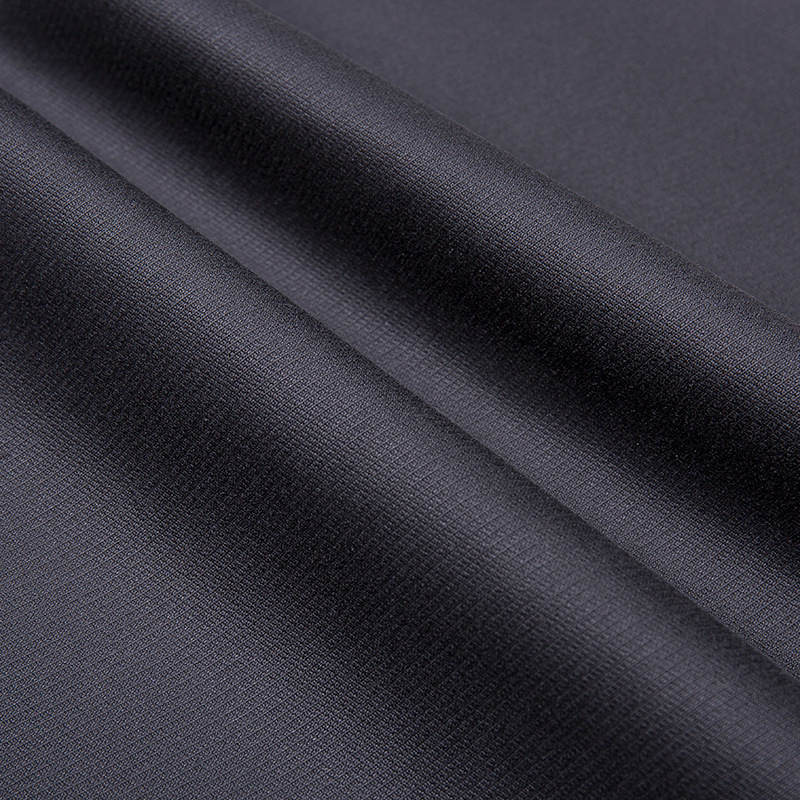
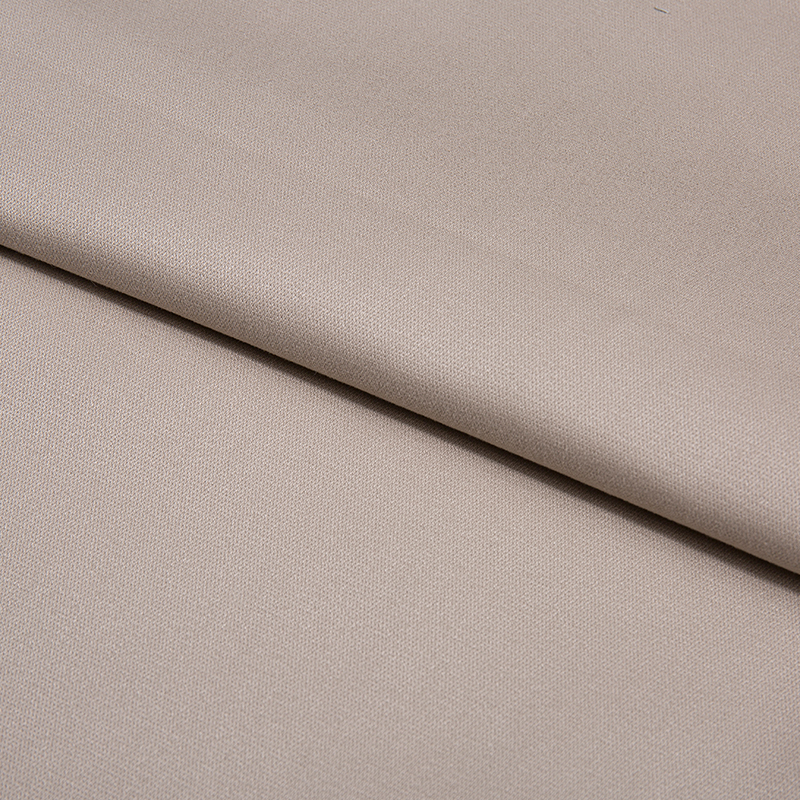
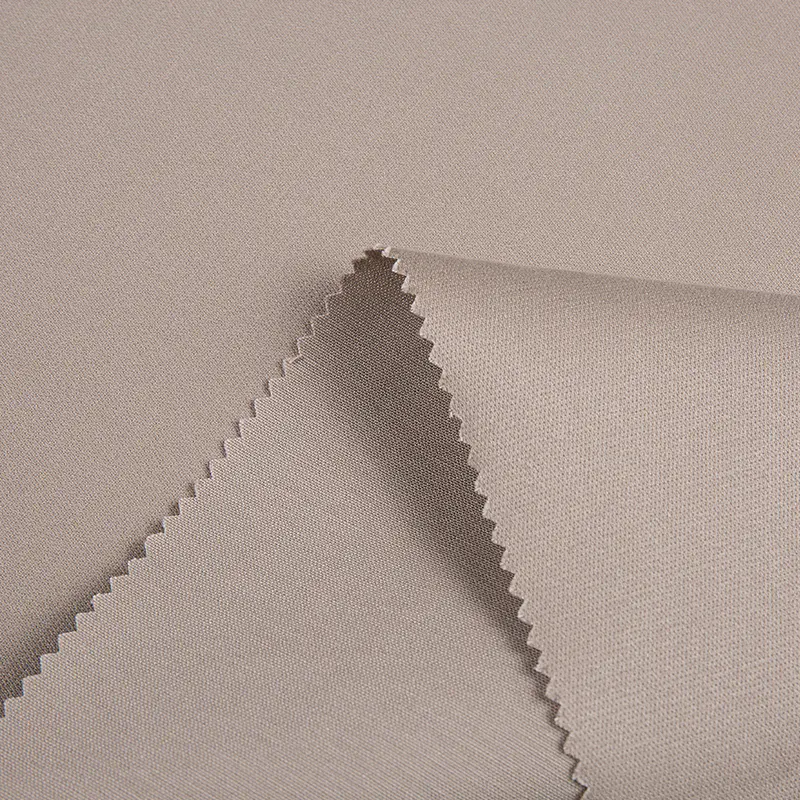
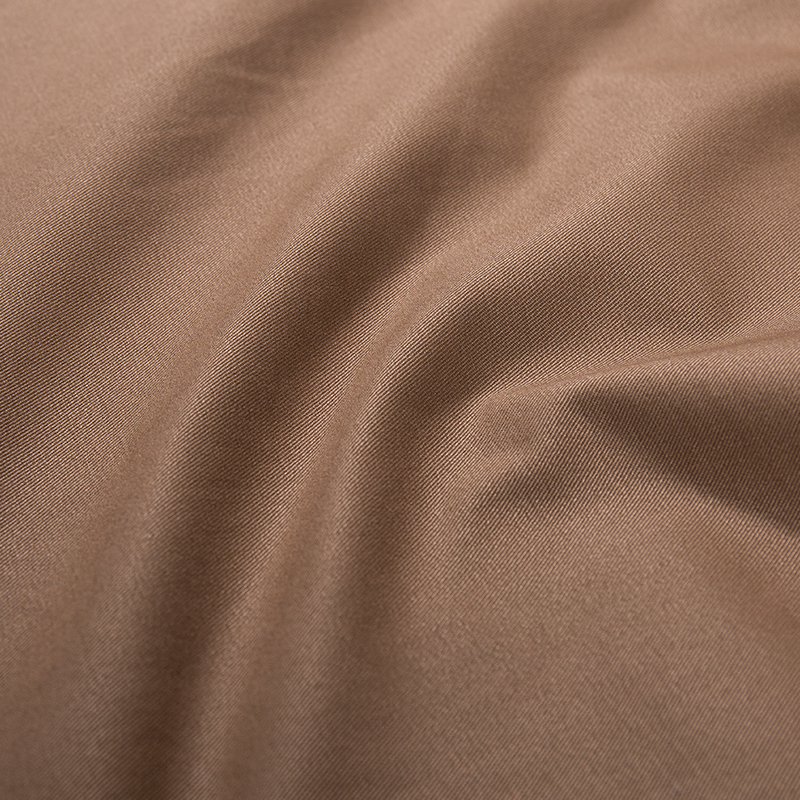
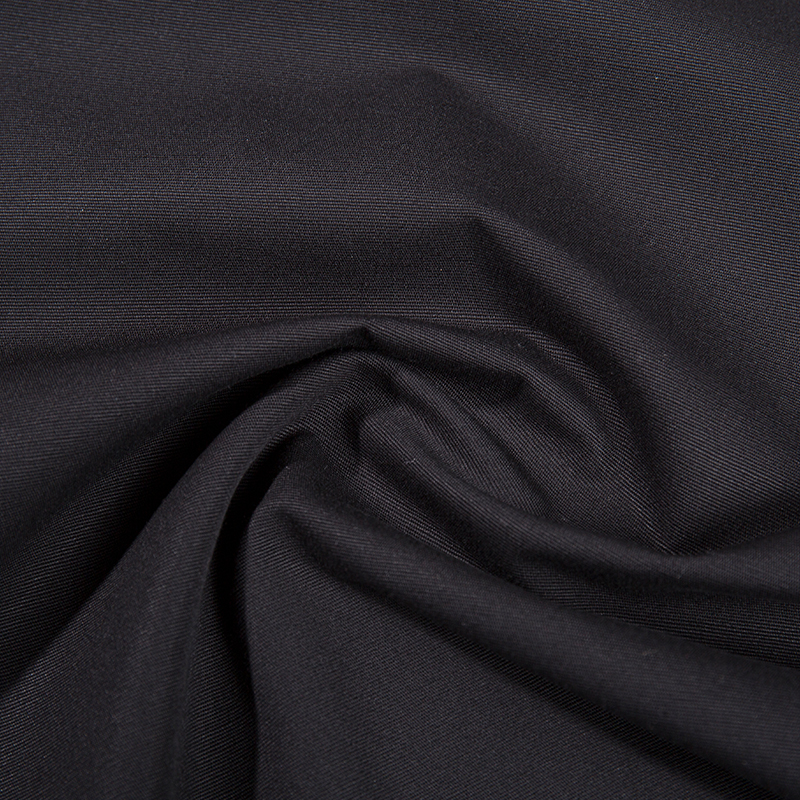
 Add: Beside National Highway 330, Zhuge Town, Lanxi City, Zhejiang Province, China
Add: Beside National Highway 330, Zhuge Town, Lanxi City, Zhejiang Province, China Phone: +86-579-89022355
Phone: +86-579-89022355

